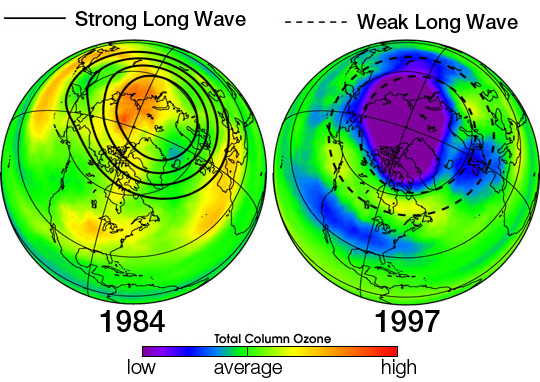MarkBour wrote: ↑Fri Jan 10, 2020 11:31 pm
I find this image incredibly beautiful.
Maybe I should just leave it at that, but it reminds me that I've become suspicious about a few things.
- I've never seen a comet with the naked eye. (I have seen one comet through a telescope once in my life. I definitely could not see it when I stepped away from the telescope.) Example APOD image: https://apod.nasa.gov/apod/ap170409.html
- I've never seen an aurora borealis, such as in: https://apod.nasa.gov/apod/ap190421.html
- I've never seen bioluminescent plankton in the ocean, e.g. https://apod.nasa.gov/apod/ap170418.html
- I've never seen nacreous clouds that looked like the ones in today's APOD.
on the other hand:
- I have seen and photographed sundogs and such, and they are much like in the pictures (okay, https://apod.nasa.gov/apod/ap181221.html is exceptional, but the ones I've seen have been perhaps 50% as bright as that one.)
- I've never seen a Moondog (https://apod.nasa.gov/apod/ap130126.html),
- I've seen Lunar Halos of various types and they looked like the image: https://apod.nasa.gov/apod/ap160518.html
I could go on ... crepuscular rays, anticrepuscular rays, rainbows ... these really are striking in person.
So, my limited experience with comets makes me think that, with only exceptions once in a very great while (e.g. 500 years), when I look for a comet in the sky with just binoculars or something small, it's going to be far fainter than the images captured with good light-gathering equipment. With the naked eye, in most cases, it will be a waste of effort. And it makes me guess that items b-d above are also generally super-enhanced in all the beautiful images.
I would be happy to travel and wait to see items (b)-(d) above. Definitely plan to go aurora-hunting some time. But will I be disappointed by the actual in those 3 cases ?
Comets, either naked eye or through an eyepiece, never come close to what we see in images. They're simply too dim. I've seen maybe ten naked eye comets, and only two were bright enough to show color- Hale-Bopp and Hyakutake. And indeed, both were very impressive... but not so visually striking as images show. All the same, there's something very cool about seeing a comet. It isn't always about seeing intense color.
Auroras never look visually as intense as most of the images published (like the one you reference). But they are certainly bright enough to show lots of color, and the images don't capture their motion, which can produce a remarkable effect. So while they might appear visually somewhat dimmer and somewhat less saturated than images usually show, they are not to be missed if you have the opportunity.
The situation is similar for bioluminescent plankton. It's quite magical looking down off the side of a boat or pier and seeing blue streaks a few feet down from fish swimming, or to see waves breaking in pale blue light on the shore.
While I've never seen a display of nacreous clouds as impressive as what today's APOD shows, I have seen them, and today's image accurately captures the visual appearance (not surprising as images and our eyes are typically similar in bright light). If you have a chance to see such clouds, expect the apparent color to be very similar to what you see in pictures.
What about a total solar eclipse? That's one thing that images have only recently been made that come close to the visual experience... but never to the emotional experience.
 Nacreous Clouds over Sweden
Nacreous Clouds over Sweden